Contact Us
If you're working on something real — let's talk.
Development & Integration
Blockchain Infrastructure & Tools
Ecosystem Growth & Support
© 2025 Lampros Tech. All Rights Reserved.
Published On Sep 23, 2025
Updated On Sep 23, 2025



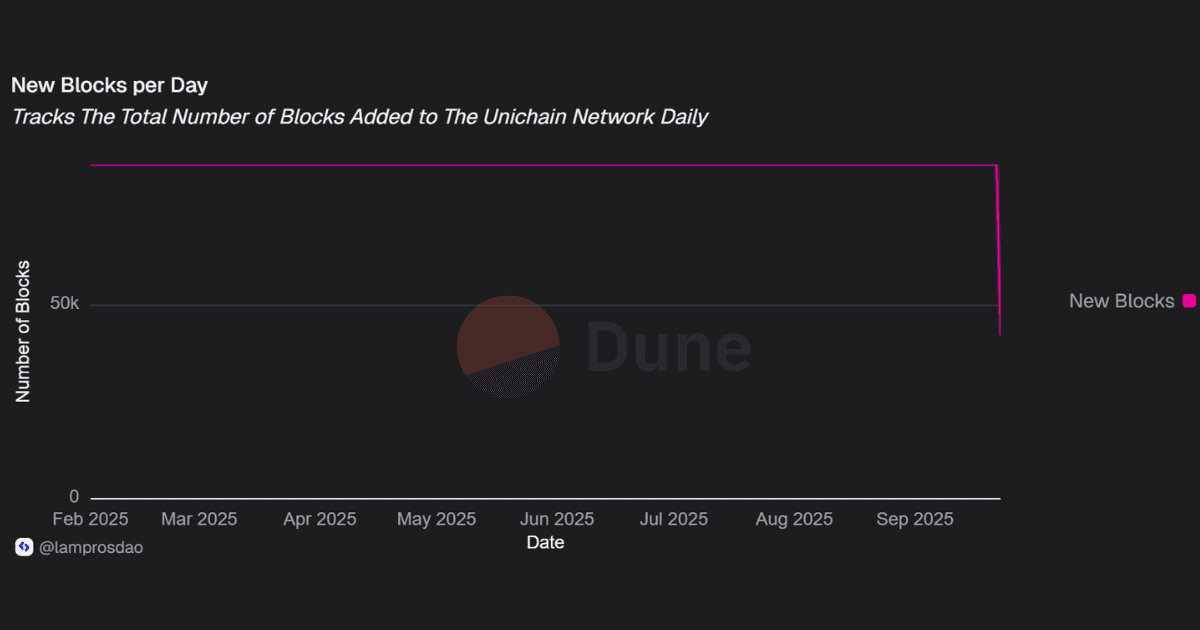
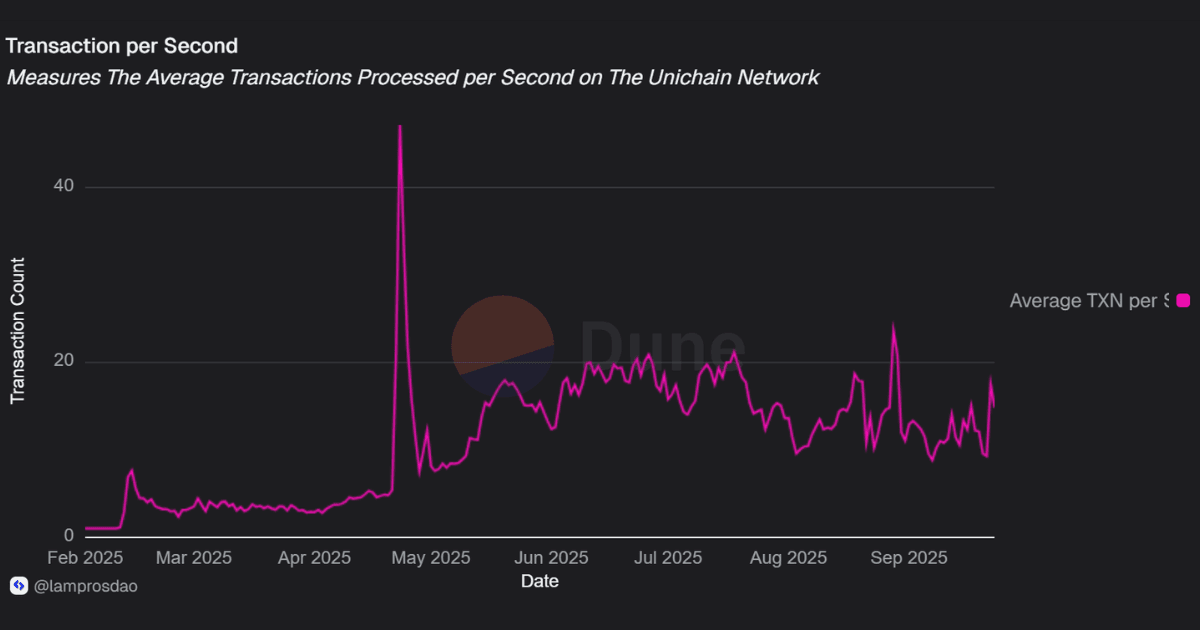
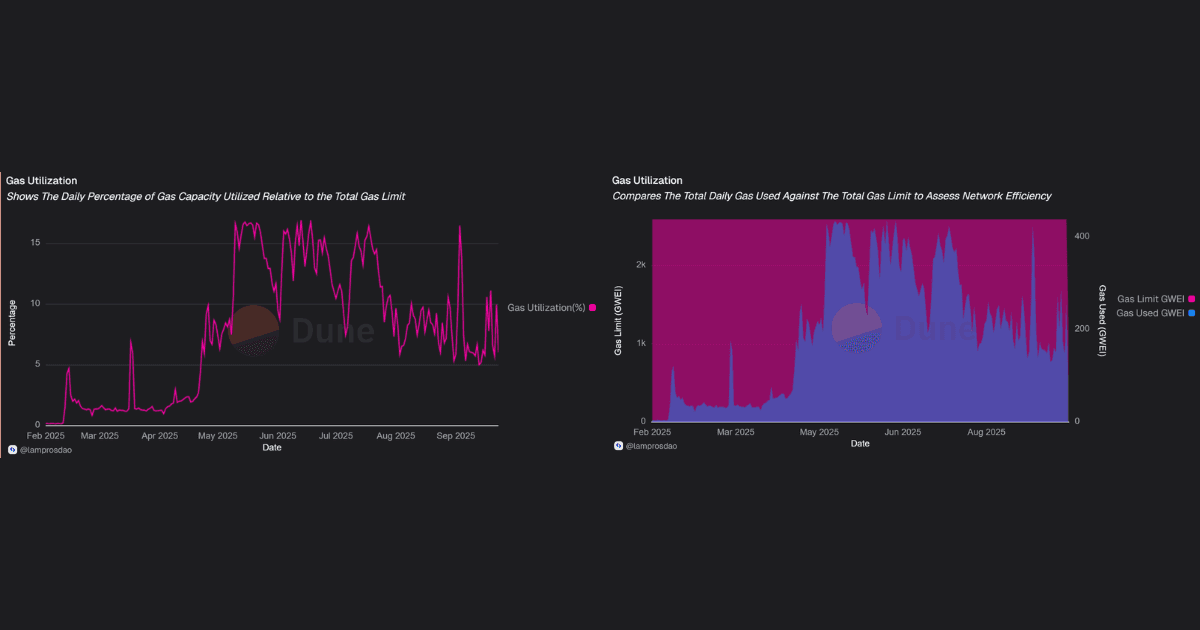
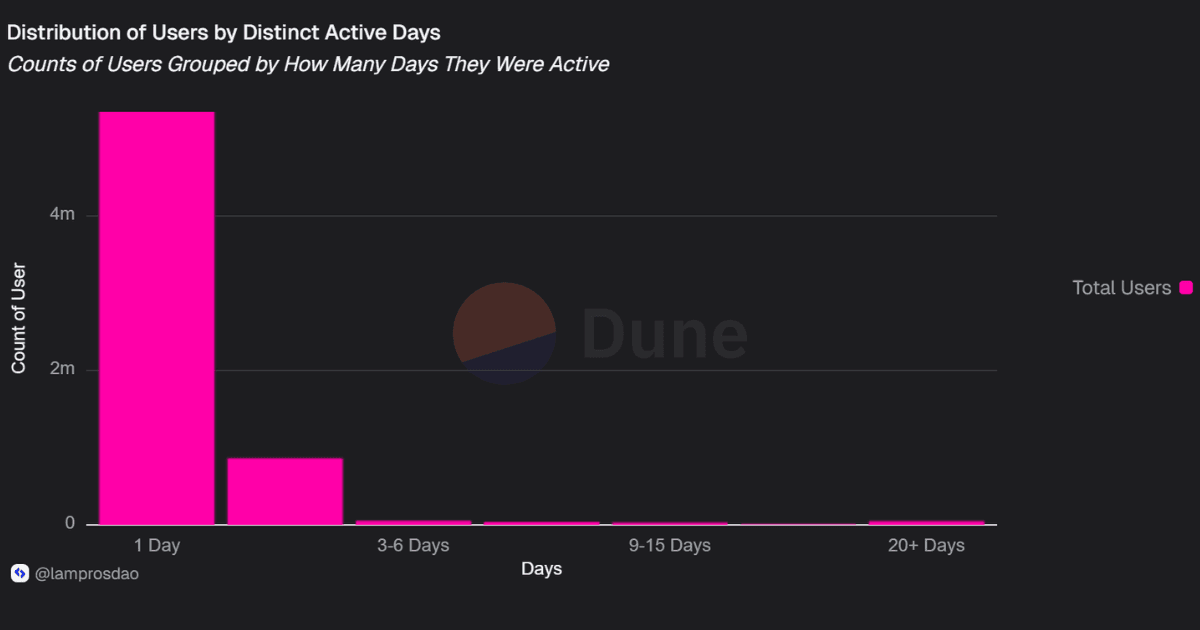

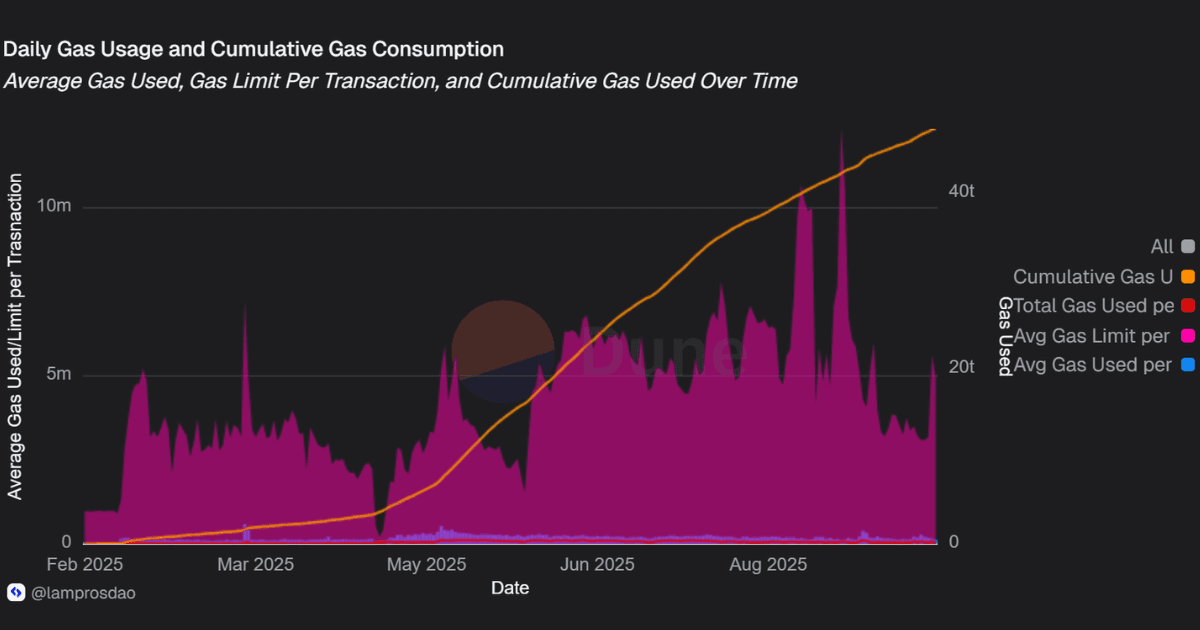
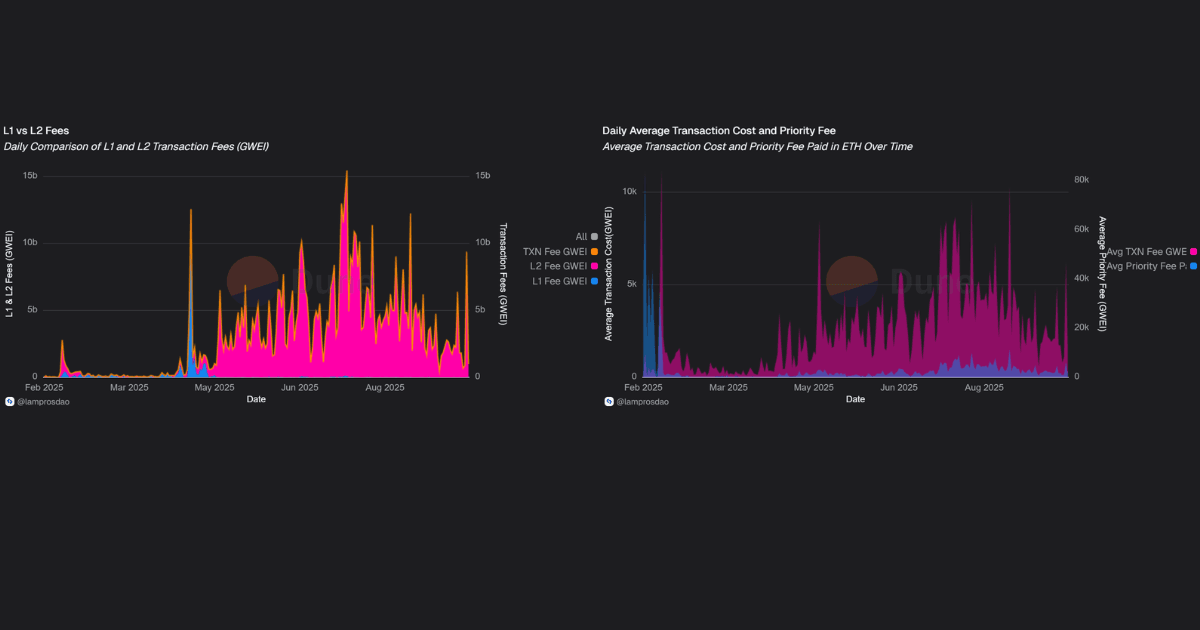
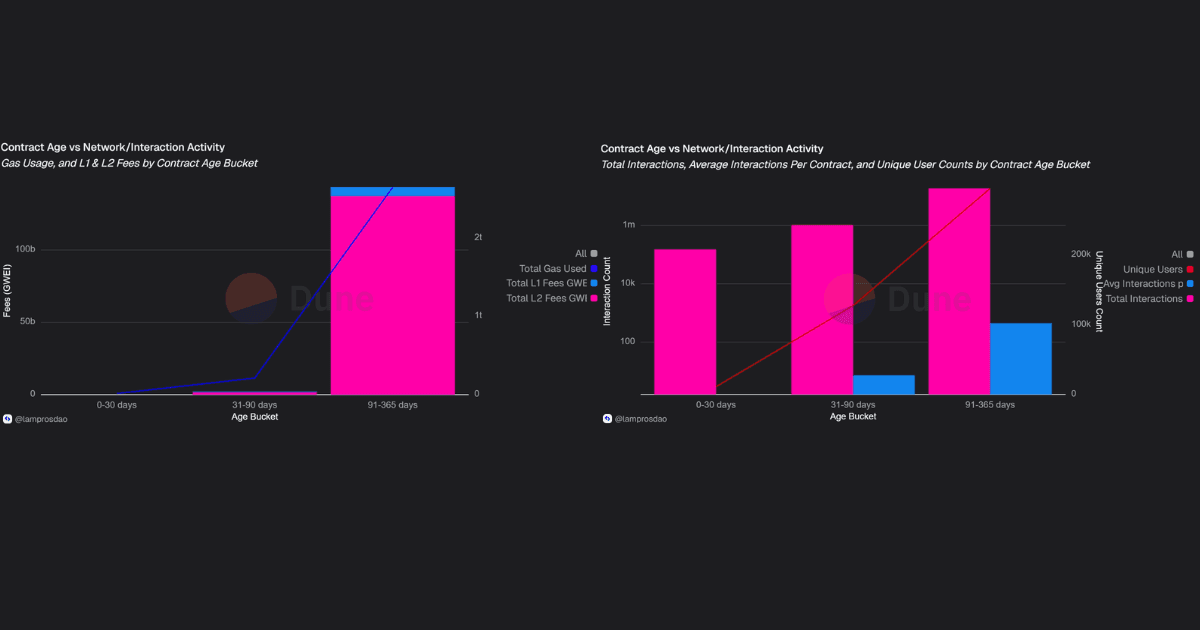
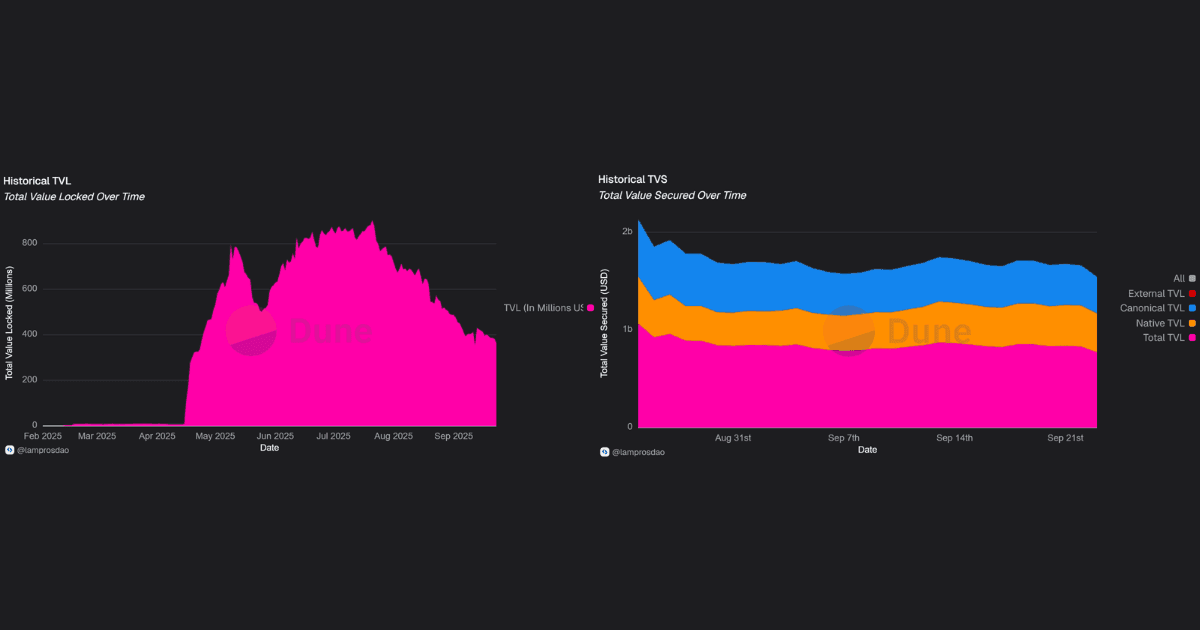

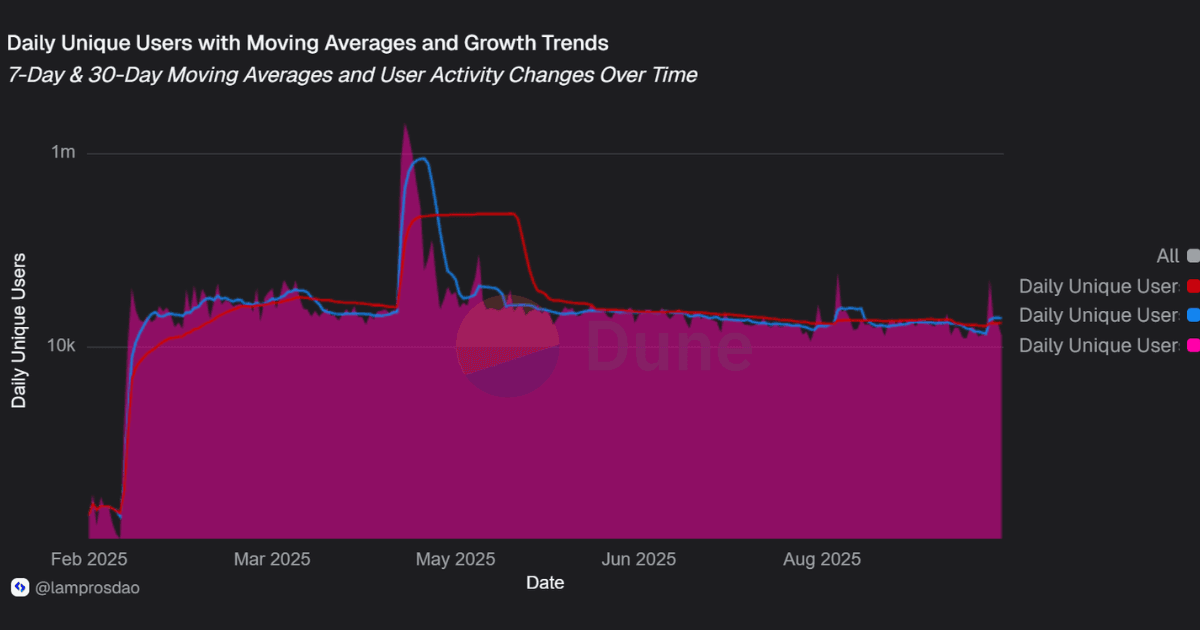
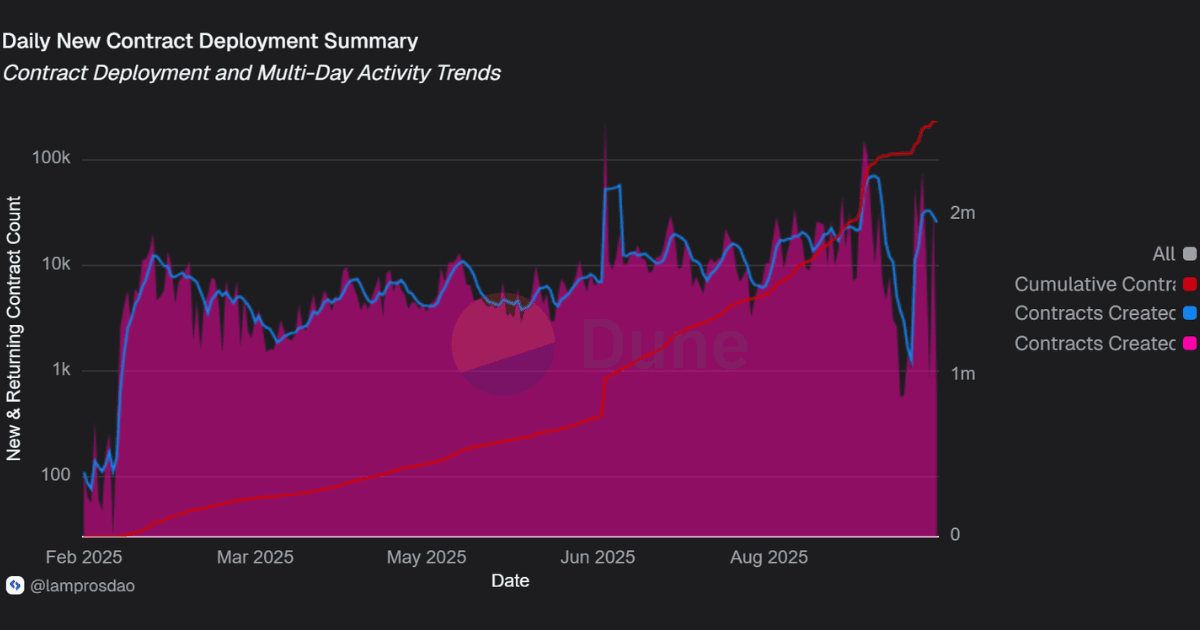


Growth Lead
FAQs

The Unichain Dashboard provides real-time insights into wallet adoption, liquidity depth, trading volume, and gas efficiency. In 2025, with DeFi activity expanding worldwide, it help protocols, DAOs, and investors evaluate Unichain’s growth and risks compared to other global Layer 2 ecosystems.

As of September 2025, Unichain has onboarded more than 6.3 million unique wallets, with daily transactions ranging between 500K and 1M. While adoption is strong globally, long-term growth depends on retaining active users rather than one-time wallet activity.

Yes. Unichain’s average transaction cost is significantly lower than Ethereum L1, making high-frequency trading and automation viable. Compared to other L2s, its fees remain competitive, though priority fees show growing demand for fast settlement. This cost advantage supports global DeFi adoption in 2025.

Liquidity on Unichain is deep but heavily concentrated in one protocol. If that protocol faces a disruption, much of the network’s activity could be at risk. Globally, DeFi investors and protocols prefer diversified liquidity, which strengthens network resilience across regions and ecosystems.

Unichain offers near-instant block confirmations, low gas fees, and strong developer activity with over 2.5M contracts deployed. However, compared to other Layer 2s like Arbitrum, Optimism, or Base, it must improve transaction success rates and user retention to achieve sustainable worldwide adoption.